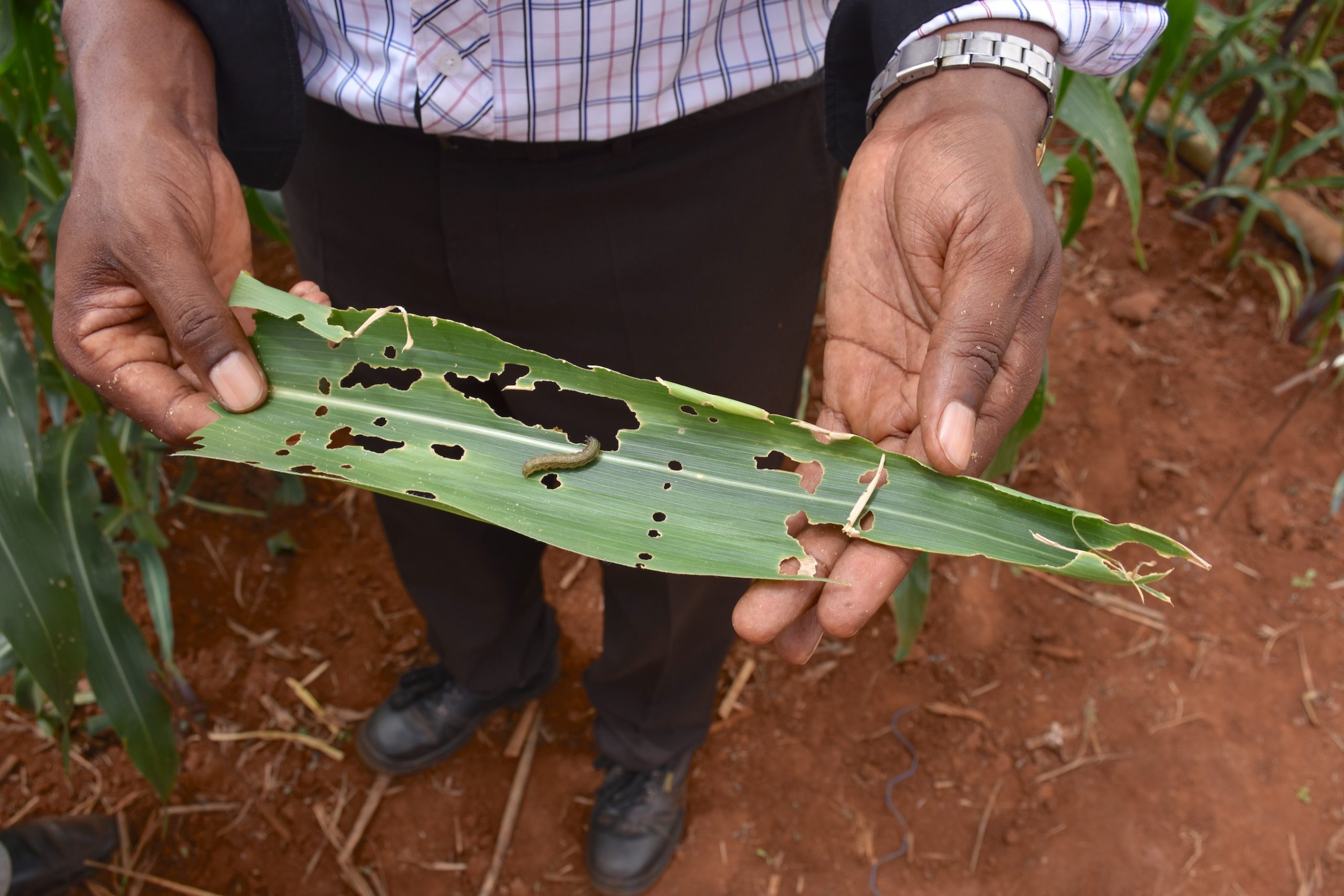Fight against fall armyworm in Asia benefits from experience in other regions
- From
-
Published on
31.10.19
- Impact Area
-
Funders
Gates Foundation, United States of America

When the destructive fall armyworm arrived in Asia in the summer of 2018, scientists were not taken by surprise. They had been anticipating its arrival on the continent as the next stage of its aggressive eastward journey, driven by changing climatic conditions and international trade routes.
The pest, native to North and South America, had invaded and spread throughout most of sub-Saharan Africa within two years, severely damaging billions of dollars of maize crops and threatening food security for millions of people. Asian countries would have to mobilize quickly to cope with this new threat.
Related news
-

Australia partners with International Livestock Research Institute to upskill researchers from Africa and Asia
International Livestock Research Institute (ILRI)13.11.25-
Food security
-
Poverty reduction, livelihoods & jobs
Australia has joined forces with the International Livestock Research Institute (ILRI) to support th…
Read more -
-

Next-gen rice lines top check varieties at 7.5 t/ha in ESA
International Rice Research Institute (IRRI)11.11.25-
Food security
MOROGORO, Tanzania (8 October 2025) — Elite rice lines are outperforming the current popular varie…
Read more -
-

QTL Profiling Now Live on EBS
International Rice Research Institute (IRRI)11.11.25-
Food security
QTL profiling is now integrated into the EBS Platform’s MDA module. Teams across CGIAR research…
Read more -
